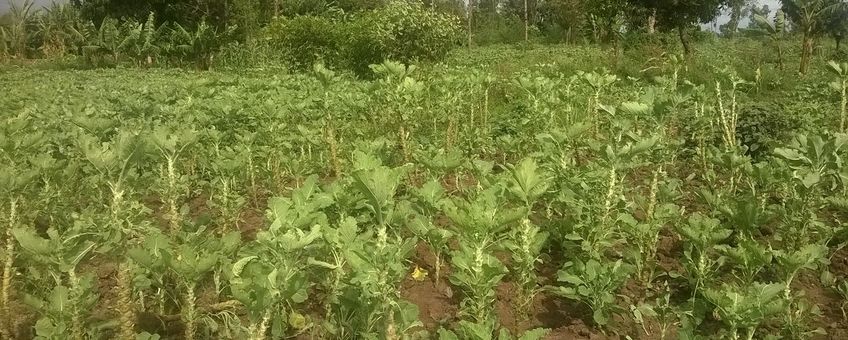
Little attention for sustainable development goals in agricultural models
Institute for Biodiversity and Ecosystem Dynamics (IBED), Wageningen University & ResearchGlobally, contemporary agriculture must not only be able to provide food, fibre, fodder, and fuel, but also reduce the environmental impact of land use and provide socio-economic benefits to rural areas. This is enshrined in the United Nations Sustainable Development Goals (SDGs). Many of these functions of agriculture compete with each other (trade-offs), for instance when increasing agricultural production leads to loss of cultural-historical value of the landscape. Other functions actually reinforce each other (synergies): higher biodiversity can go hand in hand with natural pest suppression and pollination.
To ensure that agriculture can provide the desired ecosystem services, evaluation of interests and impacts of land-use and management decisions is needed. Policymakers can calculate the consequences of their choices with predictive agricultural models, but the huge variety of models makes it a major challenge to choose the most reliable model for each specific situation.
Models too much focused on production
Researchers from Wageningen University & Research (WUR), the Institute for Biodiversity and Ecosystem Dynamics (IBED) at the University of Amsterdam (UvA), and the international operating institute Alliance of Bioversity International & CIAT analysed the wide range of agricultural models applied in literature. They conclude that studies are too much focused on production and that attention to the importance of nature and socio-cultural returns lags behind. Most analyses focus on individual farms or regions and do not consider multiple spatial scales simultaneously.
Environmental researcher Timo Breure, formerly working at WUR and now at the European Commission's Joint Research Centre, is first author of the study: "The original agricultural models focused on optimising yields. Newer models have since added all kinds of factors to that, such as biodiversity or greenhouse gas emissions. After our analysis of 119 studies, we conclude: the opportunity is there to include factors linked to the SDGs, but this is generally done only sporadically."
The publication also says there is still too little attention to the uncertainties of the models being used. Breure: "Understanding uncertainties is important to properly weigh the consequences of alternative management."
Soil composition is important
When choosing a target for agriculture, the composition of the soil is also important. For instance, some soils already naturally contain a lot of nutrients, while for other soils a farmer has to add a lot of (artificial) manure. Also, some soils hold water much better than others. Soil chemist Boris Jansen of IBED: "For this reason, the models include a variety of soil characteristics. For example, carbon retention in the form of soil organic matter, to keep carbon dioxide out of the air."
Talk to all stakeholders in the chain
Agronomist Jeroen Groot of the Farming Systems Ecology research group at WUR outlines the urgency of the work: "In Africa and Asia, there are major challenges in the food supply. Moreover, the world is keen to become more sustainable, there are sky-high ambitions. And at the same time, countries also want to grow economically. For governments, the question is what quantitative effects their policies will have. For them, it is important to be able to use a concrete tool to calculate all trade-offs."
To decide which factors a model should include, it is therefore important to talk to all stakeholders in the chain, say the researchers. Groot: "These are not only policymakers and farmers, but also parties who know something about ecology and health. Their insights are indispensable in order to scale up sustainable agricultural practices."
Text: Tjitske Visscher
Photo: Boris Jansen (leadphoto: agricultural field near Kisumu, Kenya)
